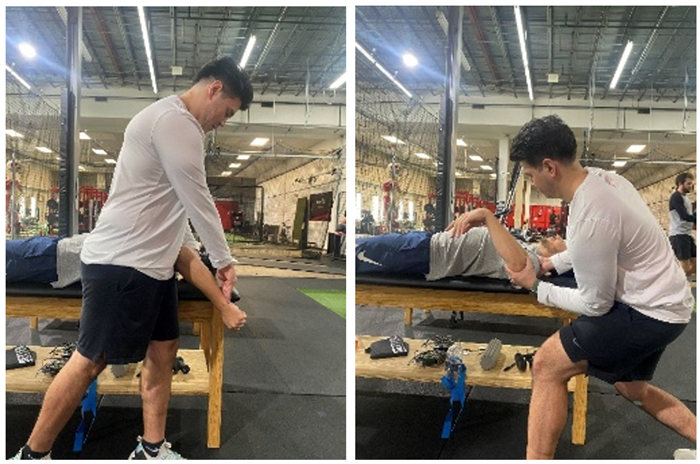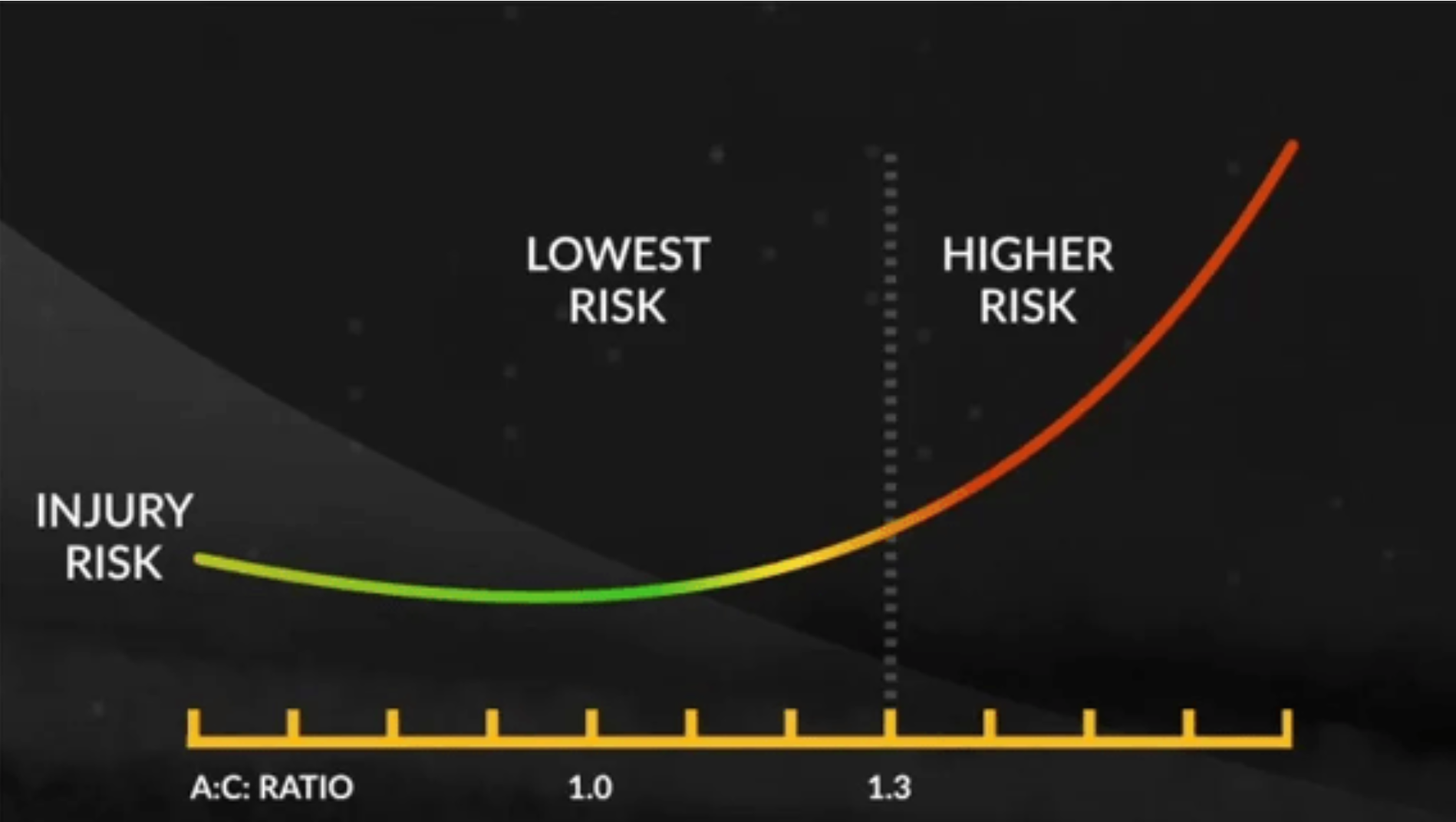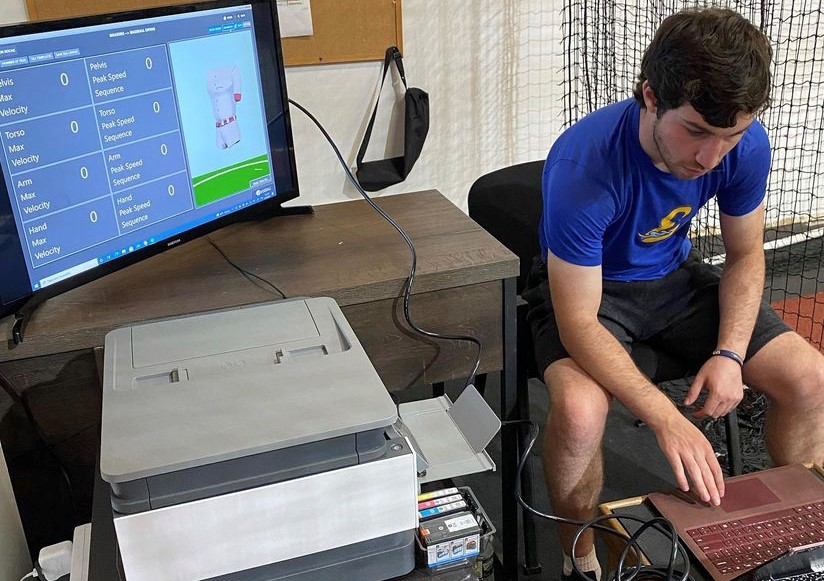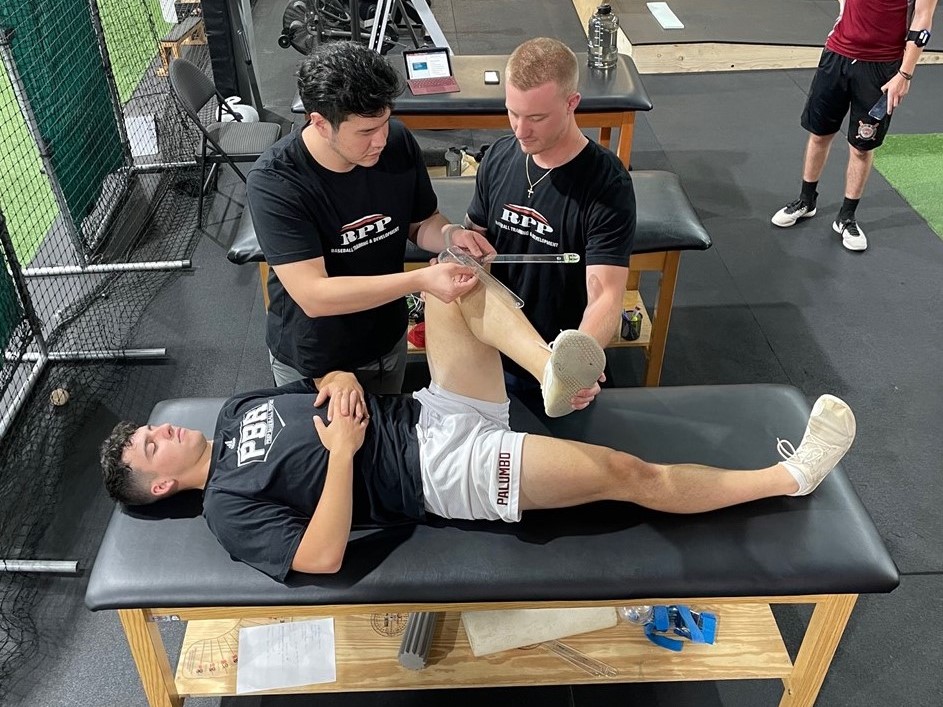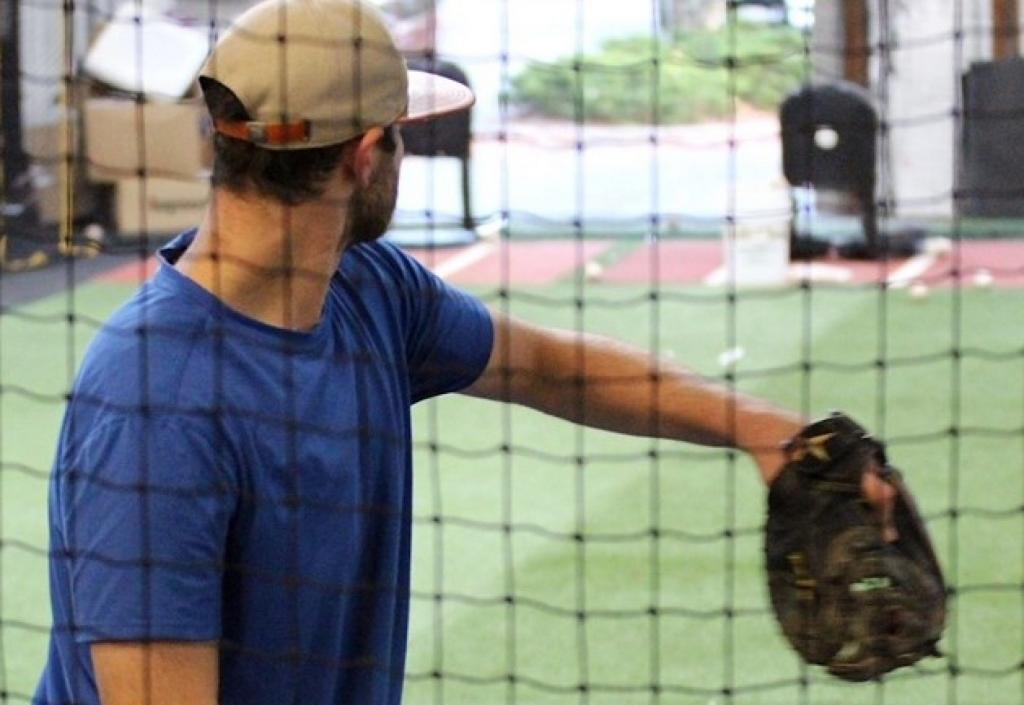
Most of you already know that while we are big believers in using data/tech, the human element should never be replaced, just simply “enhanced”. So let me start with this great quote by PT (and super smart guy) Bill Hartman:
Technology provides answers that are stored or calculated. It serves me. It is not creative or curious nor has the capacity to ask the important questions. Those qualities are purely human.
However, as I have said before there is great value to data, especially in areas where you can’t necessarily observe what’s happening during the delivery, but it can be measured. Today, we’re going to look at an example of the merging of the eyes and data. I decided to write this article after reading a recent thread posted by RPP Pitching Coordinator Justin Friedman. Continue reading “Where Mocap Can Help Fill the Gaps!”


